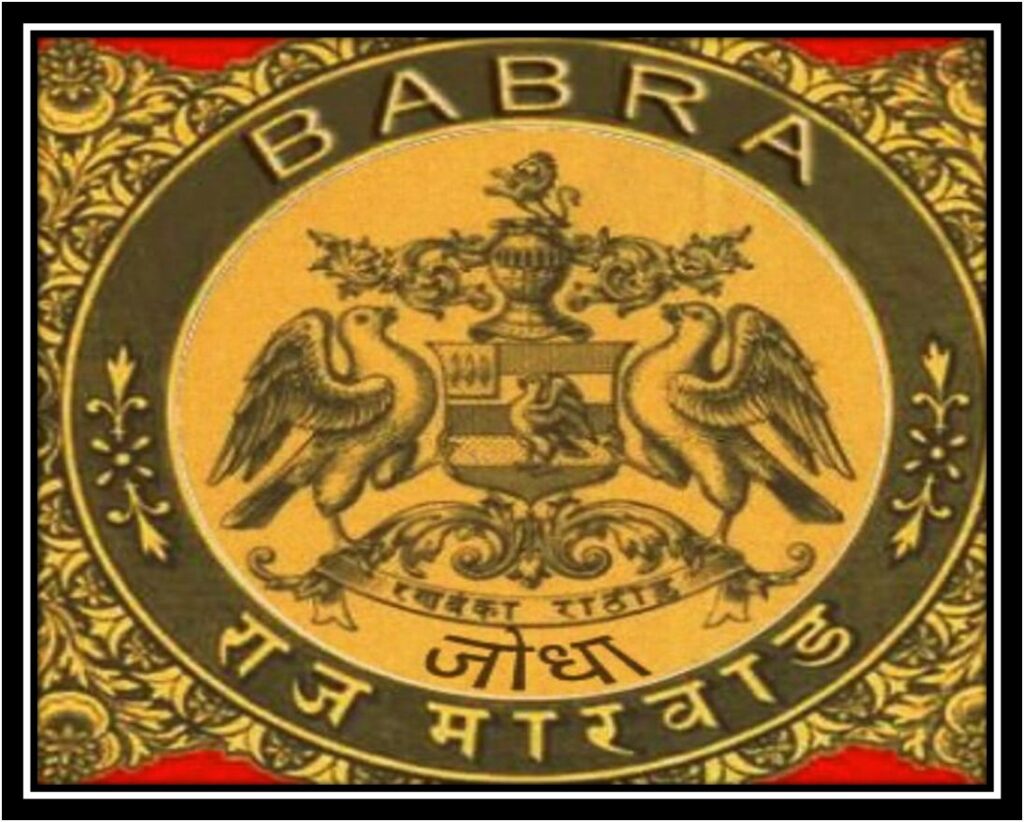Babra: A Hidden Gem of Rajput Heritage and Culture

Introduction
Nestled in the heart of Rajasthan, Babra is a hidden gem that reflects the grandeur and resilience of Rajput heritage. While Rajasthan is renowned for its majestic forts and royal palaces, Babra remains an unexplored destination that holds immense historical and cultural significance. From its age-old traditions to its architectural wonders,It is a testament to the opulent past of Rajputana
The Rich History of Babra
Babra’s history is deeply entwined with the Rajput rulers who once dominated this region. Rajputs, known for their chivalry and valor, left an indelible mark on Babra through their battles, governance, and patronage of arts and culture. The village is believed to have been an important strategic location in medieval Rajasthan, playing a crucial role in trade and warfare.
Babra was home to several Rajput clans, particularly the Rathores and Sisodias, who ruled different parts of Rajasthan. Their influence can still be seen in the architectural ruins, local folklore, and traditions that the people continue to uphold.
Architectural Heritage: Forts, Temples, and Havelis
Babra Fort: A Silent Guardian of the Past
The most striking landmark of Babra is its ancient fort, which stands as a reminder of Rajput military prowess. Though not as famous as Mehrangarh or Chittorgarh, Babra Fort showcases intricate stone carvings, massive gates, and defensive structures that narrate stories of a glorious past. The fort, surrounded by arid landscapes, offers breathtaking views of Rajasthan’s rugged terrain.
Temples that Reflect Rajput Devotion
Rajput rulers were not only warriors but also deeply religious. Babra houses several temples dedicated to Hindu deities, each adorned with intricate carvings and mythological depictions. The most notable among them is the Shri Babreshwar Mahadev Temple, a revered site for devotees seeking blessings from Lord Shiva. Another significant temple is Chamunda Mata Mandir, which showcases Rajput religious faith and architectural grandeur.
Havelis: The Residences of Aristocrats
Babra is also home to exquisite havelis (traditional mansions) that exhibit Rajasthani craftsmanship at its finest. These havelis, built centuries ago, feature elaborate frescoes, jharokhas (overhanging enclosed balconies), and courtyards that highlight the opulent lifestyle of Rajput nobility.
Cultural Legacy: Traditions and Festivals
Rajput Customs and Traditions
The people take immense pride in preserving Rajput customs. The ‘Paghdi’ (turban) tradition, symbolizing honor and respect, is still prevalent among the men of Babra. Women, adorned in vibrant ‘Ghagra-Choli’, continue to follow traditional attire passed down through generations.
Festivals Celebrated with Grandeur
Festivals in Babra are a grand affair, showcasing Rajasthan’s rich cultural vibrancy. The most notable celebrations include:
- Gangaur Festival: Dedicated to Goddess Gauri, where women dress in colorful attire and carry processions with beautifully decorated idols.
- Diwali and Holi: Marked by royal-style celebrations, complete with folk dances, feasts, and lighting up the entire village.
- Navratri: A nine-day festival where traditional dances like Garba and Ghoomar take center stage, reflecting Rajput devotion and merriment.
Rajput Cuisine: A Royal Gastronomic Experience
Babra offers a unique culinary experience that showcases authentic Rajput cuisine. Some must-try delicacies include:
- Laal Maas: A fiery mutton curry infused with red chilies, a favorite among Rajput warriors.
- Dal Baati Churma: The quintessential Rajasthani dish, embodying the flavors of desert life.
- Ker Sangri: A dish made from desert beans and berries, cooked with aromatic spices.
- Mawa Kachori: A delectable dessert stuffed with dry fruits and mawa (reduced milk).
The culinary delights of Babra are a reflection of its rugged lifestyle and royal heritage, passed down through generations.
Tourism Potential and Preservation Efforts
Despite its historical and cultural significance, Babra remains largely unexplored by mainstream tourists. However, efforts are being made to promote Babra as a heritage tourism destination. Local authorities and heritage conservationists are working to restore its forts and temples while maintaining the authenticity of its rich traditions.
With better infrastructure and awareness, Babra has the potential to become a must-visit location for history enthusiasts and cultural explorers.
Conclusion
Babra, with its deep-rooted Rajput heritage, magnificent architecture, and vibrant cultural traditions, is truly a hidden gem of Rajasthan. While major cities like Jaipur, Udaipur, and Jodhpur attract tourists worldwide, places like preserve the soul of Rajputana in its purest form.
For those seeking an authentic glimpse into Rajasthan’s royal past, offers an unparalleled experience—one where history, culture, and tradition blend seamlessly. As tourism and preservation efforts grow, Babra is set to emerge as an essential destination for travelers looking to explore Rajasthan beyond the mainstream.
